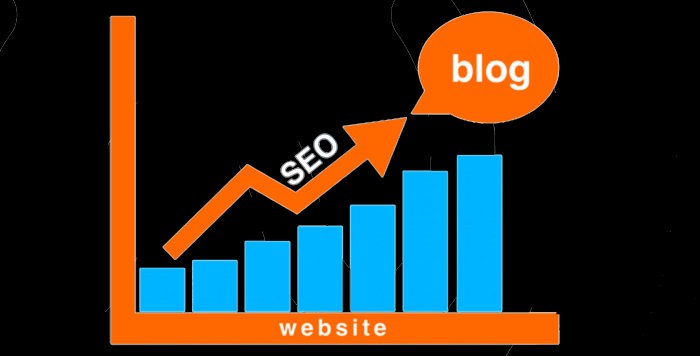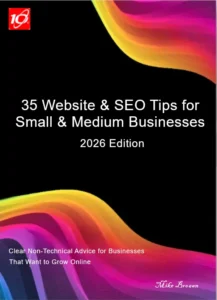One of the things I’m frequently asked by clients when developing websites is to optimize the pages for search engine ranking. Unfortunately, whilst search engine optimization may lead to a first page position on Google, and additional traffic to the site, it won’t necessarily result in more leads from the site. In order to achieve that, a website also needs to be optimized for users.
User Optimized

User Friendly
When someone lands on a web page, from a search engine or a link from another site for example, it is essential that the page can capture the user’s attention and steer him or her through to other pages of the site. The aim is to optimize each page of the site in such a way that the user will eventually make an enquiry if he or she is sufficiently interested.
User optimization is a science in itself. To optimize a site correctly, users’ paths through the site need to be planned and carefully crafted. It’s similar to the way supermarket product placement is optimized to capture shoppers’ attention, induce them to buy, then steering them through the store in order to pick up as many products as possible.
Add to this the current trends in website design, where sites have to be viewable on a range of devices from PCs to smart phones. This has resulted in site designs that feature images over lots of text. Also, increased broadband speeds mean that users are expecting to see video wherever
appropriate. Unfortunately, these trends do not bode well for search engine optimization.
Search Engine Optimized

SEO Friendly
Search engine optimization relies on having text based pages featuring relevant keywords. Whilst this kind of keyword optimization has become less effective in recent years due to Google’s more sophisticated ranking algorithms, keyword optimization is still important.
So how can we reconcile this dichotomy? Websites needs to be search engine friendly and at the same time user friendly The answer is to add a blog to the site. The blog pages can then be optimized for search engines, leaving the main website pages to be optimized for users.
Blogs Can Be Search Engine Optimized
Blog pages tend to be text based, and as such are ideal for search engine optimization. Moreover if they contain blog posts that are relevant and informative about the business, users who land on them from search engines will already have their interests piqued, so you stand a good chance of capturing their attention.
The next job for blog pages is to steer the users into the main pages of the website with suitable links placed at appropriate places in the blog posts. If the main pages have been optimized for users, then the resulting blog/web page combination can become an effective lead generating engine.
Many people balk at the idea of writing a blog, finding the process of writing tedious and difficult. But I believe it is essential if you want your website to be effective. The more blog posts you write, the more pages there are to feature on search engines, if you only write one post a month, after one year you will have 12 additional pages to be ranked on search engines. If you write a blog post every week, then you will have 52 after a year. That’s a lot of chances to be seen on search engines.
If you’re one of those who find writing a chore, don’t be put off. Go on a writing course. Get a typing course. You will find writing becomes a lot easier if you can improve your keyboard skills.
Here are some relevant articles from my blog that you may find useful.



